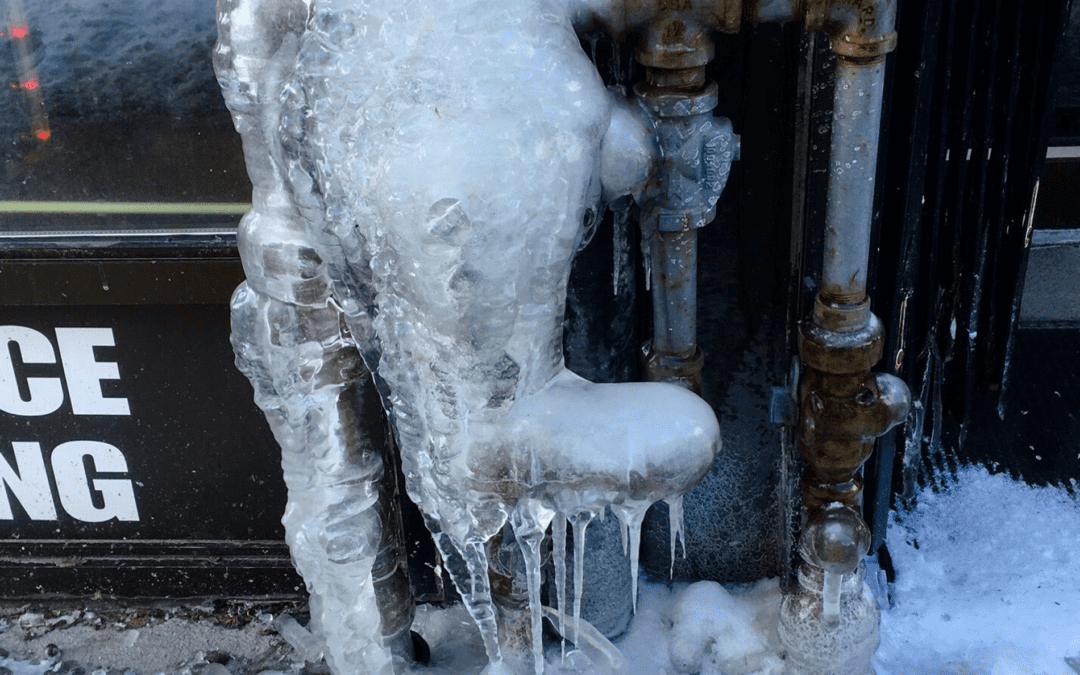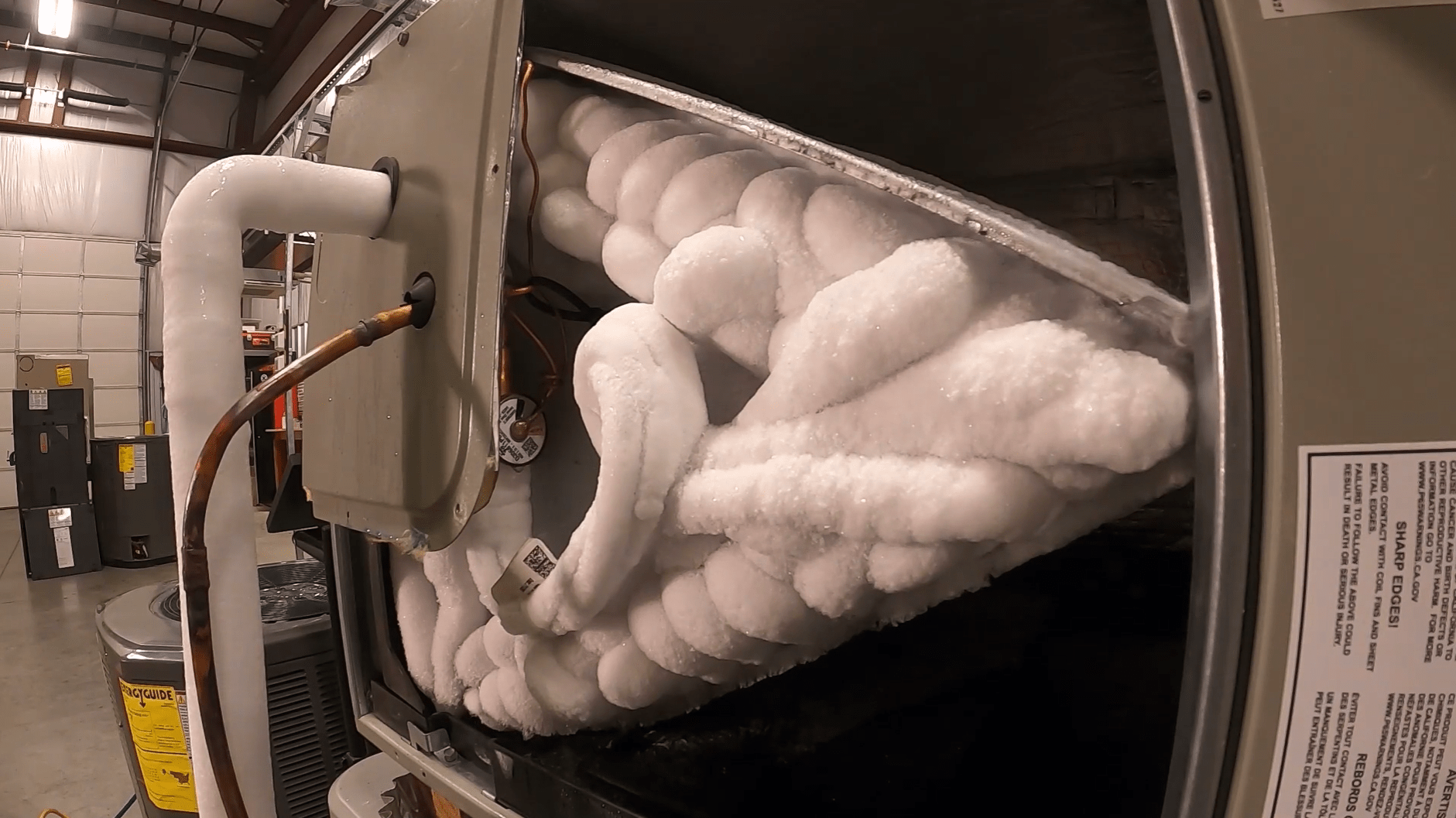Actions to Take If Your AC Pipe is Frozen: Comprehensive Guide
Actions to Take If Your AC Pipe is Frozen: Comprehensive Guide
Blog Article
Have you been hunting for related information about What Do I Do If My AC Pipe Is Frozen?

Introduction
Finding that your air conditioner pipe is frozen can be worrying, especially during warm summer season when you depend on your a/c unit the most. Comprehending what to do in such a situation is essential to avoid further damages to your cooling system and ensure your comfort inside your home.
Understanding the Causes
Numerous aspects can contribute to the cold of an AC pipeline. Comprehending these reasons can assist you deal with the concern successfully.
Lack of Airflow
One typical source of an icy a/c pipeline is inadequate airflow. When the airflow over the evaporator coil is restricted, it can create the coil to go down below freezing temperature level, causing ice development on the pipeline.
Low Refrigerant Levels
Inadequate refrigerant degrees in your AC system can likewise lead to an icy pipeline. Low refrigerant levels can create the pressure in the system to go down, resulting in the freezing of moisture on the evaporator coil.
Winter Conditions
In cooler climates, freezing temperature levels outside can add to the freezing of air conditioning pipelines. If your a/c unit is not properly shielded or if there are leaks in the ductwork, cool air can penetrate the system, creating the pipe to freeze.
Dirty Air Filters
Dirty or clogged up air filters can limit airflow in your air conditioning system, resulting in various concerns, including an icy pipe. It's essential to change or cleanse your air filterings system regularly to make sure correct air movement and avoid ice build-up.
Signs of a Frozen A/c Pipe
Identifying the signs of a frozen air conditioning pipeline is critical for prompt activity.
Minimized Airflow
If you see a significant decrease in airflow from your vents, it can suggest a frozen pipe.
Ice Buildup on the Pipe
Noticeable ice build-up on the cooling agent line or the evaporator coil is a clear indicator of an icy AC pipe.
Odd Sounds from the Unit
Uncommon sounds, such as hissing or gurgling, originating from your AC device can signify that there's ice present on the pipe.
Immediate Actions to Take
When confronted with an icy a/c pipe, it's necessary to act rapidly to avoid additional damage to your air conditioning system.
Switching off the air conditioner
The initial step is to switch off your ac unit to prevent the system from running and intensifying the issue.
Checking for Blockages
Examine the area around the indoor system for any kind of obstructions that may be obstructing air movement, such as furnishings or curtains.
Defrosting the Pipe
You can make use of gentle techniques like putting towels soaked in warm water around the frozen pipe to aid thaw it slowly.
Preventive Measures
Taking preventive measures can assist stay clear of future occurrences of a frozen a/c pipeline.
When DIY Methods Fail
If your efforts to thaw the pipeline or address other concerns are unsuccessful, it's time to call in an expert.
Significance of Hiring a Professional HVAC Technician
A qualified HVAC specialist has the expertise and tools needed to detect and fix issues with your air conditioning system safely and properly.
Normal Maintenance Checks
Schedule normal upkeep contact a specialist HVAC professional to ensure that your AC system is running efficiently.
Transforming Air Filters
Regularly change or cleanse your air filters to avoid airflow restrictions and maintain ideal efficiency.
Protecting Exposed Pipes
If your a/c pipelines are subjected to chilly temperatures, think about insulating them to prevent cold throughout winter months.
Looking For Professional Help
If DIY techniques fail to resolve the concern or if you're not sure regarding just how to continue, it's finest to look for assistance from a qualified HVAC specialist.
Final thought
Dealing with a frozen air conditioning pipeline can be a discouraging experience, yet recognizing how to react can help lessen damages and restore convenience to your home. By comprehending the reasons, acknowledging the indicators, and taking timely action, you can effectively address the concern and avoid future occurrences.
What to Do If Your AC Line Is Frozen
Make Sure All Supply and Return Air Vents Are Open
If you notice problems with airflow, the first thing you should do is check your supply and return vents. Supply vents distribute clean, conditioned air throughout your home. As this air becomes stale, it’s pulled into the return vent, where it’s reconditioned before being sent back out through the supply vent.
When these vents are closed, air won’t flow in the home. Before examining your AC, check the vents in every room and ensure they’re all open.
Check for a Dirty Air Filter
Another possible cause of limited airflow is a dirty air filter. Your air conditioner’s filters catch elements you don’t want to breathe in, such as dirt and dust. Over time, filters can become clogged, ultimately blocking air from flowing in and out. The lack of airflow can then cause the entire coil to freeze and will completely restrict any air from moving through it. The AC may need to be powered off for one to two days to allow the coil to thaw after replacing the filter to allow proper functioning of the unit. This debris can also accumulate on your AC’s evaporator coil, requiring a more serious repair. In general, air filters should be cleaned regularly (about every two weeks).
Assess Your Outdoor Unit
In addition to checking your AC, assessing the outdoor unit is a good idea. Also known as the condensing unit, it works with your interior unit to release heat outside. An issue with the outdoor unit can result in rising internal temperatures.
Overgrown Shrubs or Clogged Leaves
From leaves and twigs to shrubs and debris, there’s no shortage of outdoor elements that can accumulate around your condensing unit. When these elements get lodged inside the unit, they can block airflow. Fortunately, removing the blockage can solve the problem.
Sounds of a Broken Fan
Shrubs and leaves aren’t the only things that can impede your outdoor unit’s airflow. If the fan is broken, the unit won’t be able to properly get rid of heat — which means the internal temperature won’t go down. First, make sure the fan is spinning. If it is, check for the following sounds of a broken fan:
Buzzing Rattling Screeching Hissing Clicking Preventative Measures
Nobody wants to deal with a frozen AC line. In addition to causing problems with your air conditioner, they require professional repairs. On the bright side, there are preventative measures you can take to help ensure this issue doesn’t arise in the first place.
https://www.coopergreenteam.com/blog/what-to-do-if-ac-line-frozen

I hope you liked our excerpt about Have a Frozen AC Line? Here’s How to Fix It. Thanks a ton for taking the time to read our article. In case you appreciated our article please remember to pass it around. Many thanks for your time. Visit again soon.
Click Here Report this page